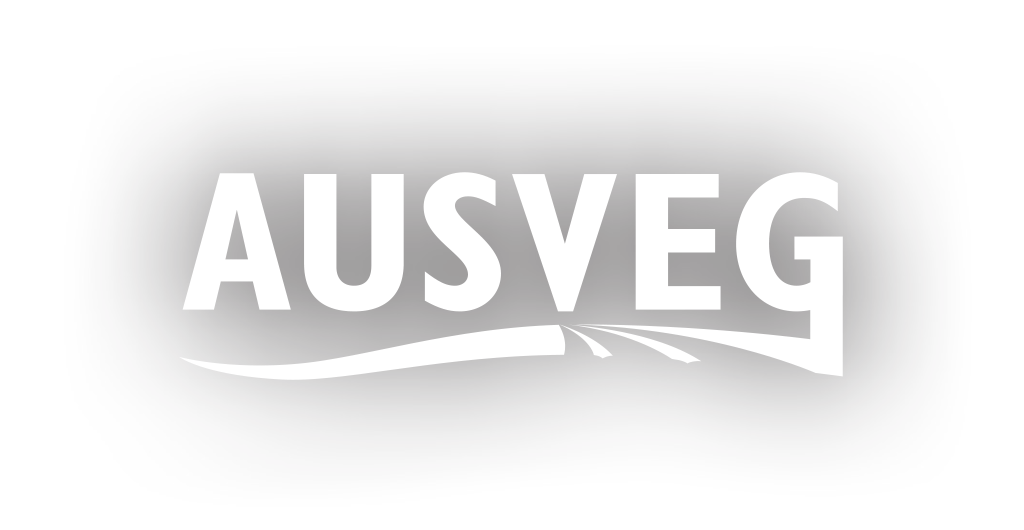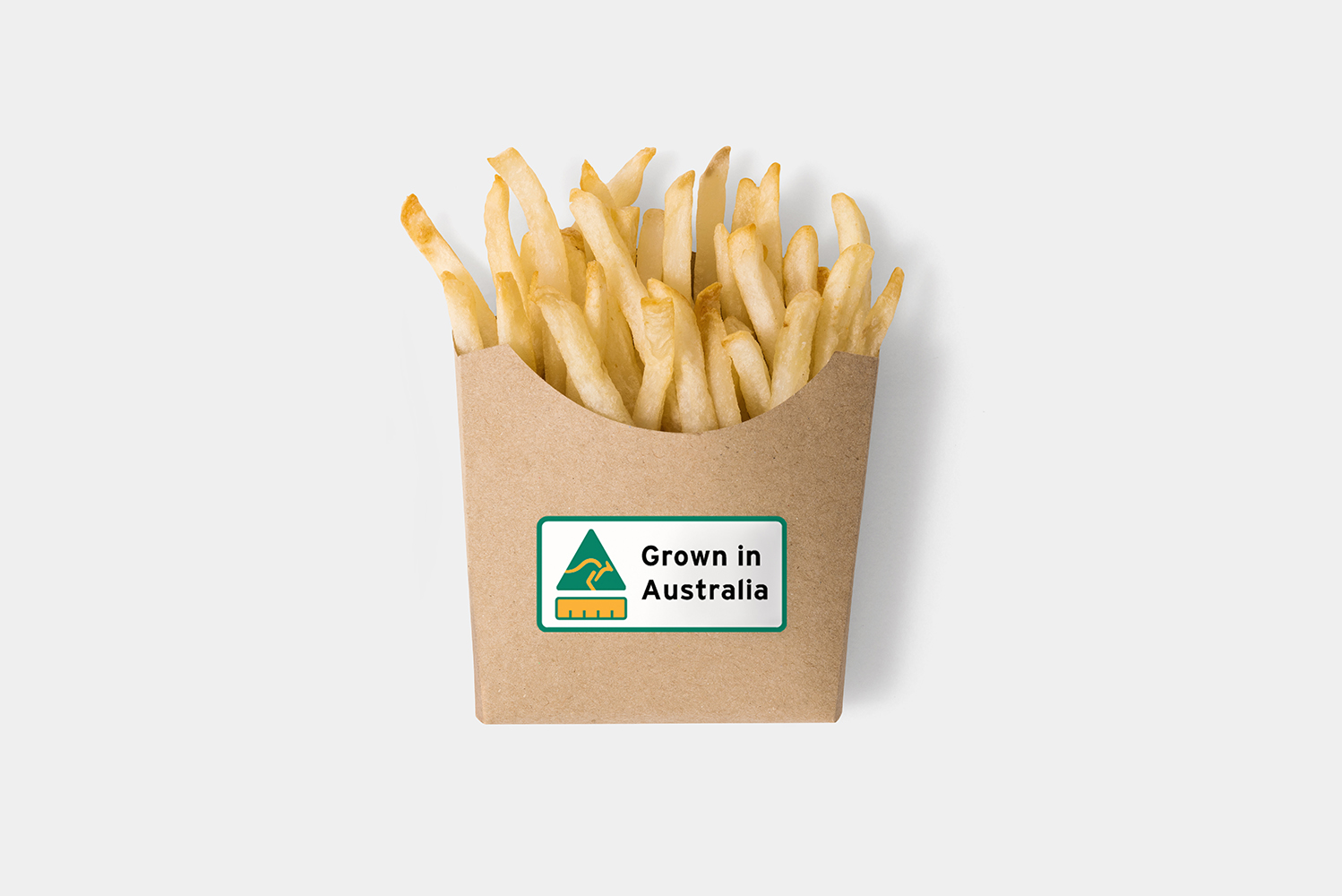Get the full picture on our country of origin labelling system
Australia’s country of origin labelling system has been reformed, and the transitional period is almost over – meaning that from 1 July 2018, all businesses must comply with the new country of origin labelling requirements for food products sold around Australia.
The deadline for the new system coming into full effect is fast approaching, so now is a great time to make sure that you know how your products need to be labelled, whether you’re producing vegetables to be sold fresh and whole at a retailer or making pre-packaged and value-added products.
The Australian Competition and Consumer Commission (ACCC) has produced a wide range of resources that you can read, watch and refer to regarding the new labelling system.
If you’ve still got questions about if the new requirements apply to your products, or if you need to make changes to your business to meet the requirements, take a look at the following information:
- Country of origin food labelling guide, a 38-page online guide to understanding and applying the new system
- Country of origin food labelling factsheet, a two-page factsheet summarising the new system
- Food Labelling FAQ web page answering the most common questions about the new system
- Country of origin online education module, part of the ACCC’s small business education program
- Country of origin food labelling webinar, a recorded run-through of the new system
- Country of origin claims and the Australian Consumer Law, a 25-page guide to how the system works
- Online country of origin labelling tool taking you step-by-step through the process of understanding what label, if any, to put on your product
- Style Guide and Label Library to help you understand how to incorporate the new labels into your packaging design
There are different rules for packaged foods and unpackaged foods, as well as exemptions for a variety of food products sold in special circumstances, like food sold at restaurants or food that’s made and packaged on the premises where it’s sold.
In particular, AUSVEG understands that growers who sell fresh vegetables in transparent packaging (such as plastic wrap) have faced confusion about how the new labelling laws apply to these products.
The first item in the list above addresses how these products can be treated, so if this is a concern you’ve faced, head to the food labelling guide and look for the section titled “Fresh fruit and vegetables in transparent packaging”.
If you’d like even more information about Australia’s new country of origin labelling system, you can also take a look at the Australian Government food labelling website. If you have any questions, get in touch with the Department of Industry, Innovation and Science.
This post appeared in the AUSVEG Weekly Update published 15 May 2018. Subscribe to the Update using our online form to receive the latest industry news in your inbox every week!

